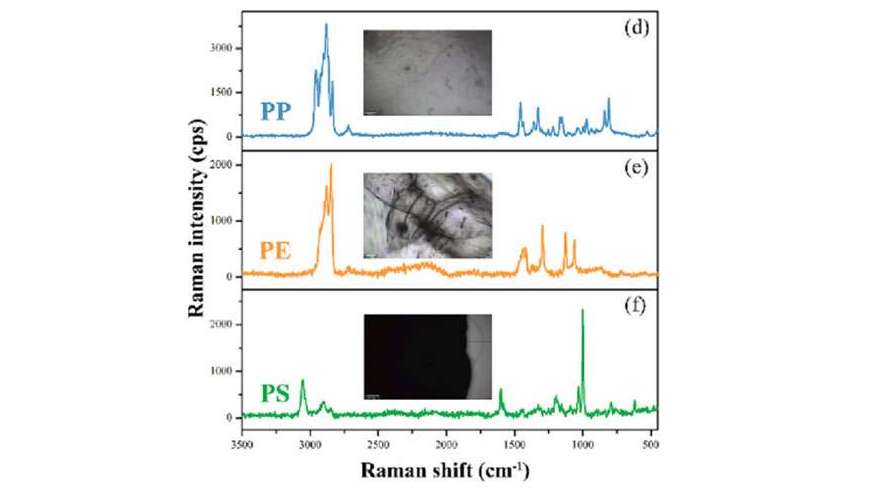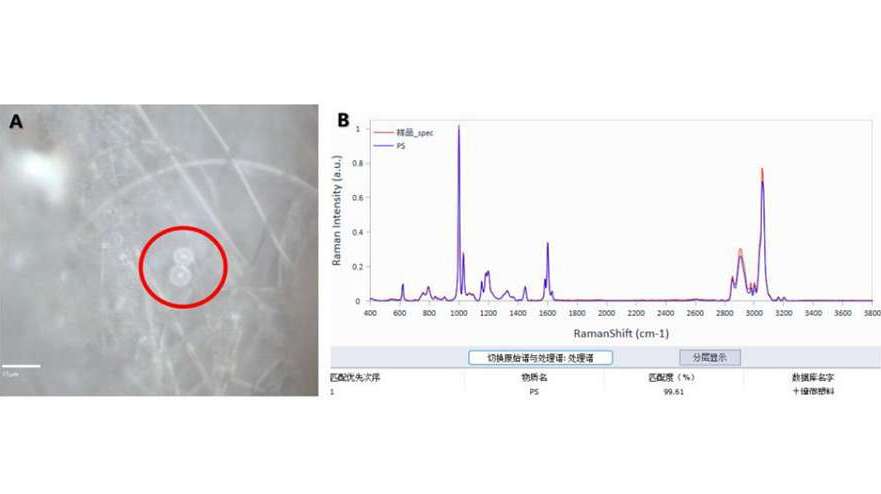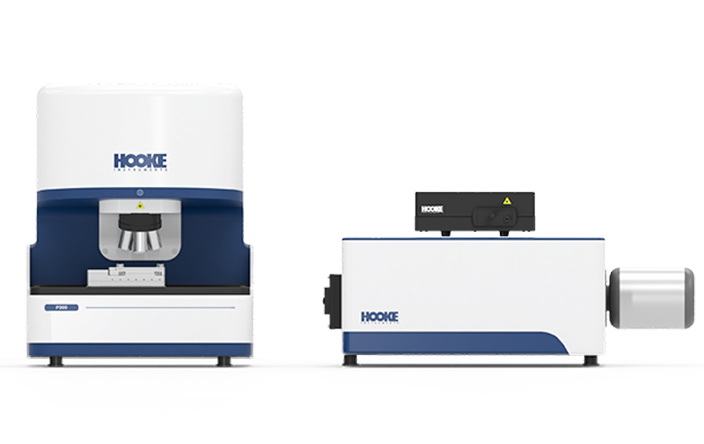Microplastics are widely distributed in the environment. Research indicates that small-sized microplastics are more broadly dispersed across food chains and ecosystems, posing a greater threat to ecological balance. As a detection tool for microplastics, Raman spectroscopy has distinct advantages compared to other technologies, including simple sample preparation and exceptional ability to detect small-sized microplastics. These features of Raman spectroscopy provide a powerful tool for understanding the environmental behavior of microplastics and formulating effective control measures.
-
Identification of Small-Sized Environmental Microplastics

-
Visualization of Microplastic Morphology

-
AI-assisted Identification


Microplastic Detection Solution for Water Bodies


Conventional methods for detecting microplasticsface challenges in identifying particles with diameters smaller than 10 μm. The P300 Confocal Raman Spectrometer, leveraging its high spatial resolution and optiacal transmittance, is capable of determining the chemical composition of microplastics as small as 0.5 μm. By integrating morphological and chromatic characteristic analysis, this approach ensures the reliable identification of microplastics within aqueous samples.
Microplastic Detection Solution for Soil


Due to the complexity of soil samples, the detection of microplastics within them presents significant challenges. By utilizing the P300 Confocal Raman Spectrometer, a comprehensive solution has been established, covering sample preparation, image and spectra acquisition, and data analysis. This solution enables the precise collection of morphological information, such as the size and shape of microplastics. It also obtains the Raman "fingerprint" of microplastics, and through comparative analysis of these informations with standard spectra in database, it facilitates the rapid identification of microplastic types. This approach provides an effective detection method for environmental microplastic analysis.











